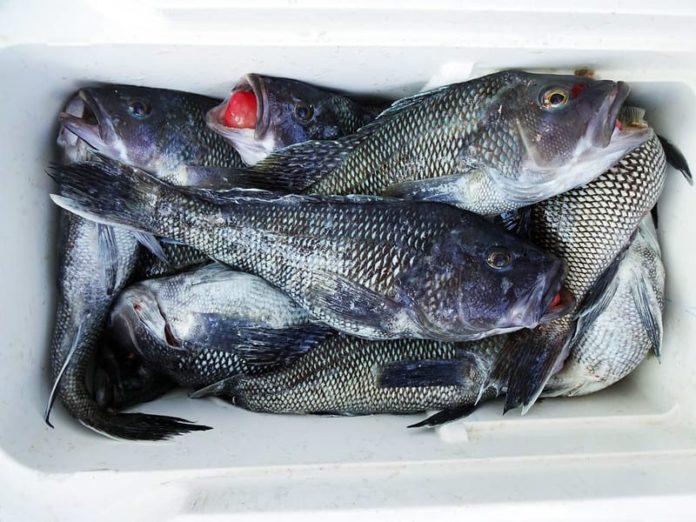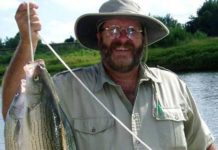A new report by fly fishing industry leaders brings to light what scientists have long known: that fishing is suffering from the effects of climate change—and offers solutions.
The American Fly Fishing Trade Association and its nonprofit AFFTA Fisheries Fund released the report last week, which acknowledges, “Climate change is significantly affecting ocean ecosystems, the abundance and distribution of fish, and the nature of saltwater fishing.”
AFFTA sees the effects of climate change and overfishing as principal threats to fisheries that the fly-fishing industry has long fought to address. This blue-ribbon report offers a systematic approach to strengthen marine
fisheries conservation and management, support recreational fisheries, and lead to more abundant marine fisheries in all U.S. ocean waters.
Though the report looks at these issues on a national scale, it offers many recommendations that apply to the Chesapeake Bay and its tributaries, from warming of upland coldwater brook trout streams to effects on oyster shells and loss of shoreline habitats. One particularly applicable example is the report’s commitment to work with coastal states to increase the size and distribution of seagrass beds, by improving water quality and planting grasses. It notes that coastal ecosystems like marshes and grassbeds are capable of absorbing carbon at rates up to four times those of forests on land.
However, warming water contributes to sea-level rise that damages those grassbeds and marshes, and the increased warmth stresses critical species like eelgrass. In addition, warmer water has less capacity to hold gas, decreasing dissolved oxygen in coastal waters and increasing low-
oxygen “dead zones”. Changes in oxygen levels are affecting habitats, compressing species like striped bass into narrow layers in the water column, which leads to overfishing.
The report finds as coastal waters absorb carbon dioxide and become more acidic, they damage the shells of mollusks (like oysters) and crustaceans (like crabs and shrimp). All of these problems are happening simultaneously, impacting where fish live, their productivity, and their life cycles.
Such changes trigger species to shift their natural ranges, making it more difficult to manager fisheries. For example, between New England and the mid-Atlantic, the center of black sea bass abundance has shifted north 200 miles, from waters off Virginia to New Jersey and Long Island. Summer flounder have shifted even more, by about 250 miles.
Extreme weather events driven by climate change can also affect fish spawning and nursery grounds, in which the young of certain species like river herring and striped bass depend on both seasonal current flow and the presence of certain plankton to hatch and grow. Recent flooding events in Chesapeake rivers have increased the flow of nitrogen, phosphorus, and sediment pollution to the Bay system, requiring adjustments to cleanup strategies.
To respond to these challenges, AFFTA recommends that states and the federal government work together on three solutions: an adequately-funded climate-fisheries initiative to help fishery managers, clear legal standards to address conflicts over how harvest limits are allocated, and for coastwide fishery managers to accounting for the effects of climate change when setting catch levels.
-John Page Williams
Credit: Source link































